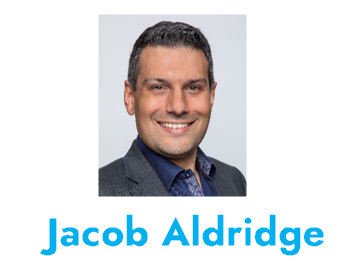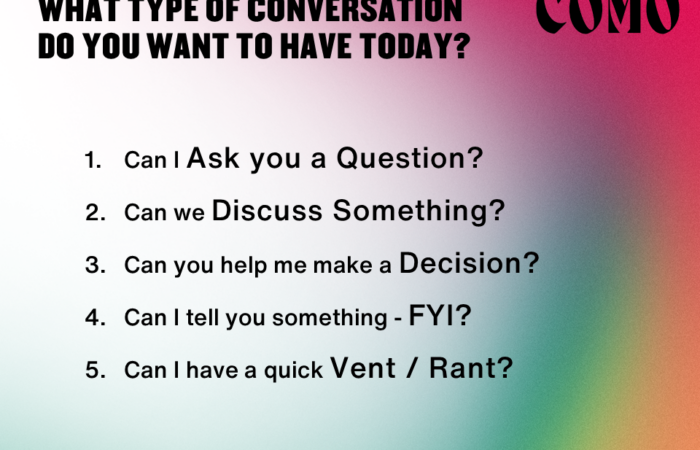Starting and Ending Awesome Meetings. In Blackboard Fridays Episode 118, Jacob talks about Productivity. Need this implemented into your business? Talk to the international business advisor who can do exactly that – Contact Jacob, Learn More, or Subscribe for Updates.
Who is Jacob Aldridge, Business Coach?
“The smart and quirky advisor who gets sh!t done in business.”
Since April 2006, I’ve been an international business advisor providing bespoke solutions for privately-owned businesses with 12-96 employees.
At this stage you have proven your business model, but you’re struggling to turn aspirations into day-to-day reality. You are still responsible for all 28 areas of your business, but you don’t have the time or budget to hire 28 different experts.
You need 1 person you can trust who can show you how everything in your business is connected, and which areas to prioritise first.
That’s me.
Learn more here. Or Let’s chat.
Article Notes
Great meetings aren’t just about great Agendas. They’re about the energy in the room. And as many teams are discovering, small changes in how you start and end your meetings can create outsized improvements in engagement, outcomes, and team satisfaction.
Start With Presence
A common problem in internal meetings is that participants arrive distracted – mentally still in their last task, conversation, or inbox. To counter this, consider a short grounding ritual at the start of each meeting.
Setting a neutral tone helps bring everyone into the same headspace. This could be as simple as a calming breath, a moment of silence, or a shared check-in question like “What’s one word for how you feel today?”
While some team members may resist mindfulness as “fluffy,” the reality is that taking even 30 seconds to pause can lift the emotional tone and boost focus. Most valuably, taking 30 seconds (heck, even taking 5 minutes) to make sure every attendee is present to the discussions and decisions being made will help your whole meeting achieve more and better outcomes, in less time.
End With Intention
Just as a powerful start sets the tone, a purposeful ending helps your meeting end well. Many meetings drift off with “I think we’re done,” leaving participants unclear or drained. Instead, try ending with a structured agenda review, actions summary, or a quick check-out like “What’s one thing you’re taking from today?”
Even a brief closing ritual can recharge energy and build accountability. They also reinforce connection – something many teams undervalue in the rush to tick tasks off a list, or to go back to ‘doing the doing’.
Rituals Create Rhythm
Introducing these rituals doesn’t have to be complicated. Pick one small element – like a one-minute breathing pause or a round of check-ins – and trial it for a few weeks in your Momentum Meeting Schedule. The payoff? Meetings that feel less like chores and more like real conversations that move your business forward.
Mindful meetings = more presence, more outcomes, more satisfaction.
Counterarguments
I thought it would be interesting to ask AI for some Counterarguments to my key points. Shortform, which I have mentioned before, had this to say – and in advance let me agree that if you have a team who don’t want to improve, then absolutely my suggestions for improving your business will not be well received!
“In considering the proposed strategies to enhance internal meetings through mindfulness practices and grounding techniques, several counterarguments emerge that warrant careful reflection. While the benefits of such approaches are extolled, it is crucial to acknowledge the potential drawbacks and limitations they may present. One key concern revolves around the overemphasis on mindfulness, as not all team members may find these practices beneficial or conducive to their engagement in meetings. Moreover, the time constraints associated with incorporating calming exercises and check-ins could impede productivity in fast-paced work environments, raising questions about the practicality of these strategies in all contexts.
“Furthermore, a critical consideration lies in the sustainability and universality of these proposed meeting enhancements. Resistance to change from team members accustomed to traditional meeting structures could hinder successful adoption, while the subjective nature of perceived benefits poses challenges in ensuring a uniform positive impact on team satisfaction and outcomes. The lack of empirical evidence directly linking mindfulness practices with meeting effectiveness also raises questions about the validity of assuming their universal applicability. As organizations navigate ways to optimize internal meetings, a nuanced approach that considers individual preferences, cultural sensitivities, and practical feasibility may be essential for fostering meaningful improvements without inadvertently alienating or burdening team members.”
Next Steps
Want to learn more about how this can apply to your business? It costs nothing to chat:
- Email me jacob@jacobaldridge.com (I read them all)
- Call, Text, or WhatsApp me +61 427 151 181
- Or just Subscribe https://jacobaldridge.com/about/subscribe-to-jacob-aldridge-com/ to stay in touch




